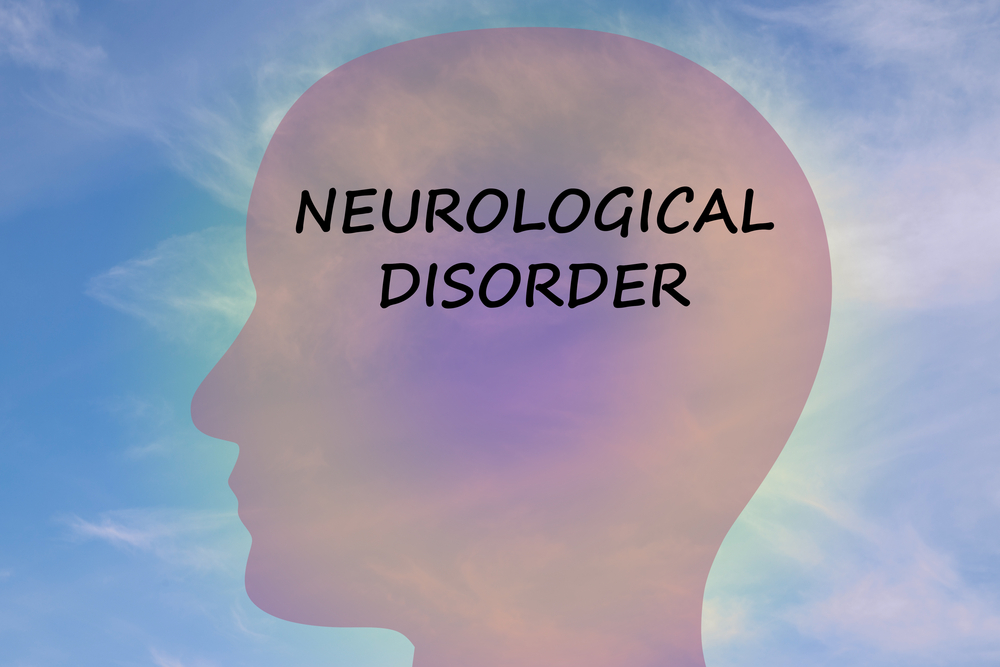Neurological pain syndrome is defined as long-term (chronic) pain that occurs because some part of the nervous system does not work the way it should. This type of pain can also be caused by a disease or direct damage to one or more nerves in the human body.
In some cases, the nerves believe there is pain present even when there is not. In other scenarios, the pain sensors don’t pick up on the pain you should feel. Some of the most common forms of neurological pain include radiculopathy, shingles, and diabetic neuropathy.
Common Symptoms of Neurological Pain

When you visit an expert neurologist, they will take into account your symptoms and signs of pain to break it down into one of three categories:
- Evoked pain – This occurs if you have pain after touching something that is not painful under normal circumstances.
- Hypoalgesia – This refers to feeling less pain once you touch something that is typically not painful.
- Spontaneous pain – No trigger has to be present for this type of pain. Feelings can range from numbness and tingling to severe burning, stabbing, and shooting pain.
Individuals who experience neurological pain may experience mental health issues, such as depression, and have difficulty sleeping.
Causes of Neurological Pain
Dozens of disorders affect the nerves in some way and create chronic pain. Some of the most common of them include:
- Alcoholism
- Central nervous system disorders, like multiple sclerosis or Parkinson’s disease
- Chemotherapy or radiation therapy
- Diabetes
- Limb amputation
- Scars
- Shingles
- Spinal nerve injury due to inflammation or compression
Methods to Treat Neurological Pain
The right way to treat chronic pain will depend on the source and extent of the pain. The good news is that there are several methods for neurologists to either reduce or fully stop neurologic pain. The first step is to determine what the pain is caused by. After that, the underlying issue can be treated to eliminate the pain.
Everyone is different and will have unique experiences with various treatments. That’s why it’s important to work with experienced neurologists for this pan. Some people may do well with physical therapy, while nerve stimulation may work better for others. Medication may help with the pain or a nerve block can stop the pain signals from sending the pain through your body. Some people will do best with a combination of treatments.
Final Thoughts
If you or someone you love may be experiencing neurological pain, there may be a solution to make life a bit easier. The Arizona Institute of Neurology & Polysomnography can help with seizure disorders, sleep issues, dementia, pain disorders, and more. Reach out to us to learn more and start the road to recovery.



